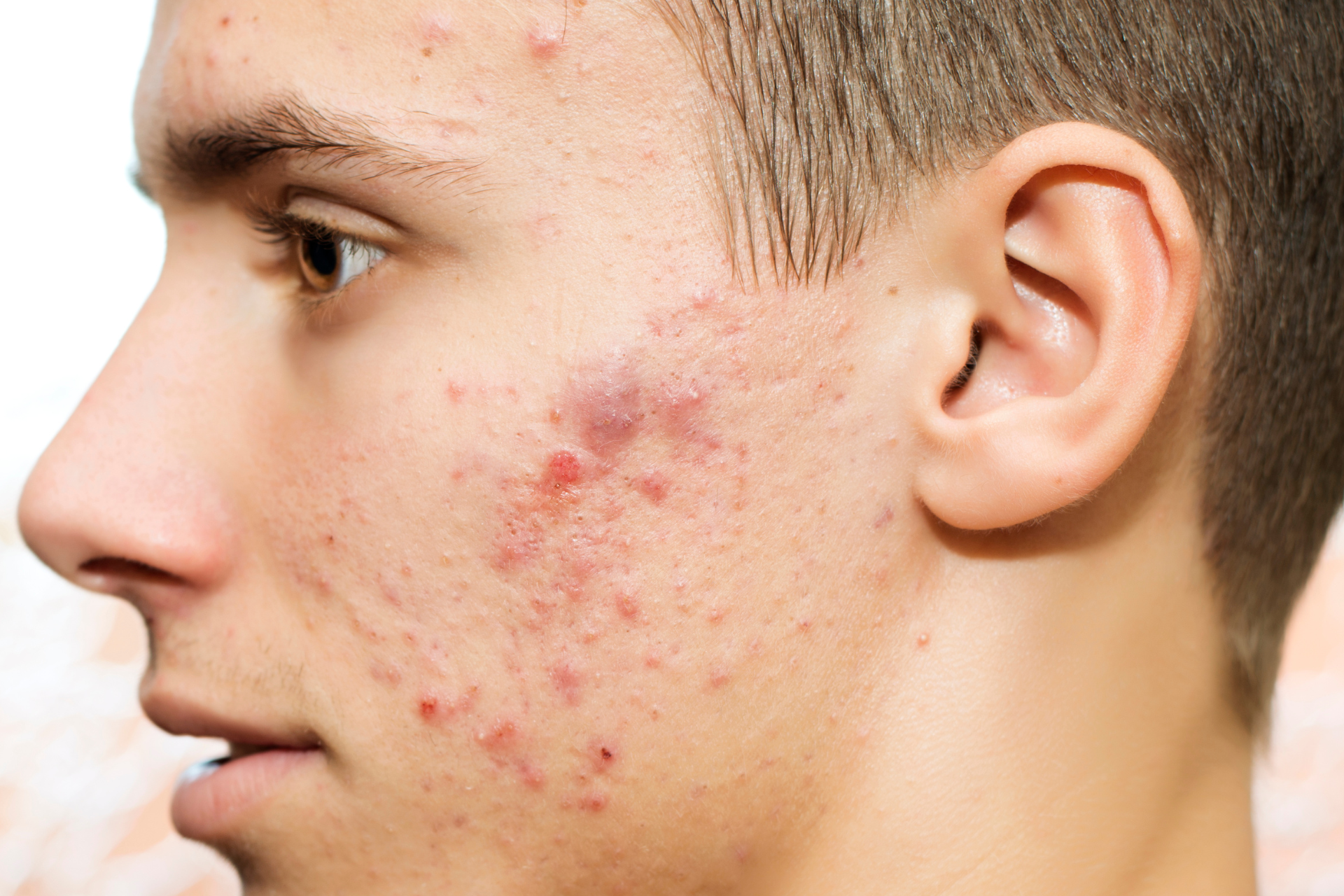Top Tips for Managing and Treating Acne at Any Age

Acne is a common skin condition that affects people of all ages, from teenagers to adults. It can be frustrating and bothersome, but with the right management and treatment, you can help improve the appearance of your skin and boost your confidence. At Fall Creek Skin and Health Clinic, we understand the impact acne can have on your well-being, which is why we have compiled these top tips to help you effectively manage and treat acne at any age.
1. Understand your skin type
Before starting any acne treatment, it is essential to understand your skin type. Oily, dry, combination, or sensitive skin all require different approaches when it comes to managing acne. Knowing your skin type will help you choose the right products and treatments that will work best for you.
2. Cleanse gently
Washing your face twice a day with a gentle cleanser is crucial in managing acne. Avoid harsh scrubbing or using abrasive products that can irritate your skin and worsen acne. Look for non-comedogenic and fragrance-free cleansers that are suitable for acne-prone skin.
3. Use non-comedogenic products
When choosing skincare and cosmetic products, opt for non-comedogenic formulas that are designed not to clog pores. This can help prevent new breakouts and promote clearer skin. At Fall Creek Skin and Health Clinic, we can recommend non-comedogenic products that are best suited for your skin type.
4. Address inflammation
Acne is often accompanied by inflammation, which can make the condition more painful and noticeable. Incorporating ingredients like salicylic acid, benzoyl peroxide, or niacinamide into your skincare routine can help reduce inflammation and target acne-causing bacteria.
5. Maintain a healthy diet
While there is no direct link between diet and acne, eating a balanced diet rich in fruits, vegetables, whole grains, and lean proteins can support overall skin health. Some studies suggest that foods high in sugar and dairy may exacerbate acne for some individuals, so consider monitoring your diet to see if certain foods trigger breakouts.
6. Protect your skin
Sun exposure can worsen acne and cause post-inflammatory hyperpigmentation. Always wear sunscreen with at least SPF 30 when going outside to protect your skin from harmful UV rays. Look for oil-free and non-comedogenic sunscreens to avoid clogging pores.
7. Seek professional help
If over-the-counter products and home remedies are not providing the desired results, consult a dermatologist at Fall Creek Skin and Health Clinic for personalized acne treatment. Prescription medications, such as retinoids or oral antibiotics, can help target stubborn acne and prevent scarring.
8. Practice good hygiene
Keep your hair clean and away from your face, as oils and products from your hair can contribute to acne breakouts. Change your pillowcases regularly and avoid touching your face to prevent transferring dirt and bacteria onto your skin.
9. Manage stress
Stress can exacerbate acne by triggering hormonal changes that increase oil production in the skin. Practice stress-relieving activities such as yoga, meditation, or deep breathing exercises to help manage stress levels and prevent flare-ups.
10. Be patient and consistent
Treating acne takes time, so be patient and consistent with your skincare routine. Results may not be immediate, but with dedication and the right approach, you can achieve clearer and healthier skin.
Managing and treating acne at any age requires a combination of skincare practices, lifestyle changes, and professional guidance. At Fall Creek Skin and Health Clinic, our team of experts is dedicated to helping patients of all ages achieve clear and radiant skin. Contact us today to schedule a consultation and start your journey towards healthier skin.



Need Our Services?
Book a free consultation

Our promise is to offer high-quality medical attention at a fair price in a clean, friendly, and professional environment.
QUICK LINKS
BUSINESS HOURS
- Mon - Thu
- -
- Friday
- -
- Saturday
- Appointment Only
- Sunday
- Closed
All Rights Reserved | Fall Creek Skin and Health Clinic |
